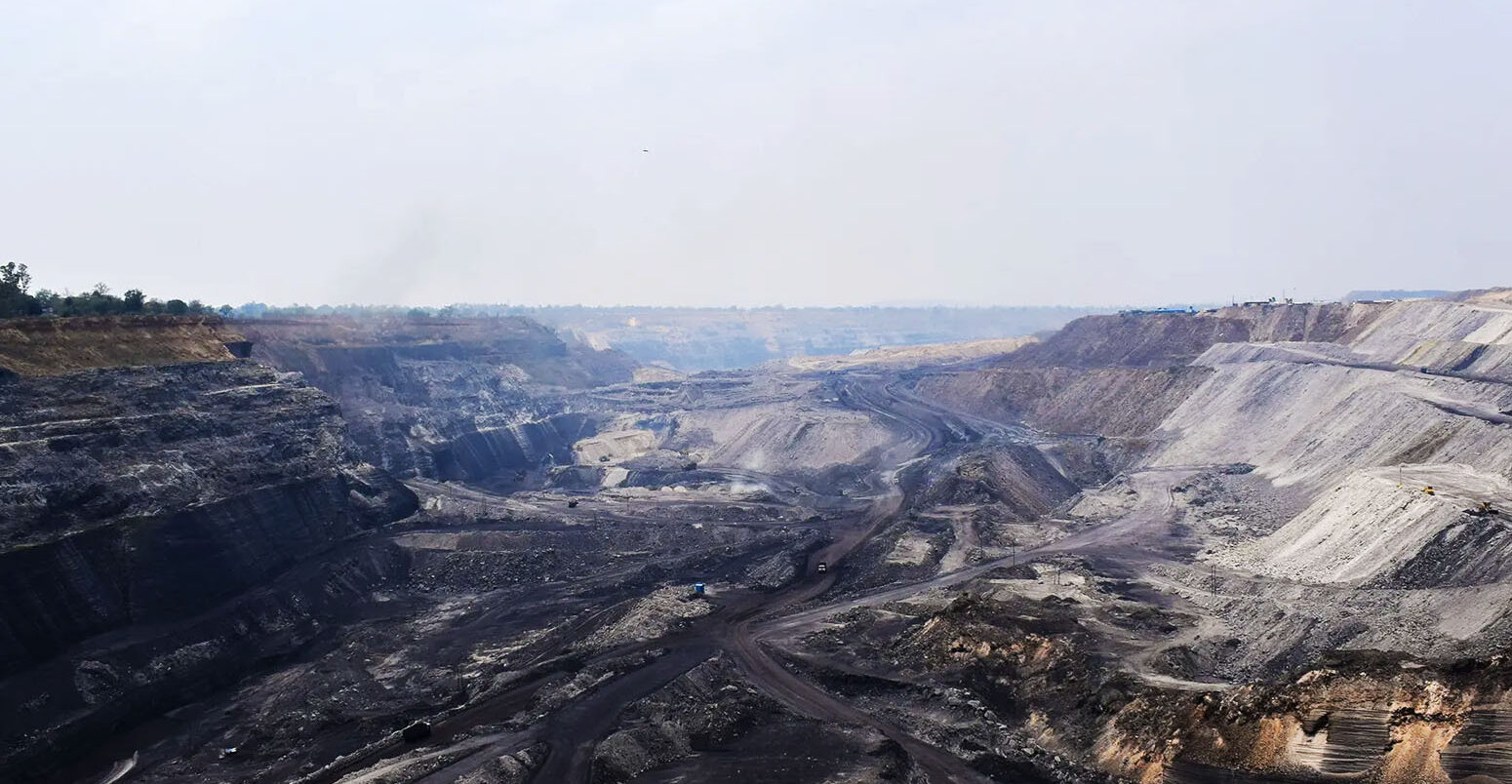
Q&A: What do India’s elections mean for coal communities and climate change?
Multiple Authors
05.13.24Multiple Authors
13.05.2024 | 1:13pmAs prime minister of India for the past decade, Narendra Modi has overseen a rapid expansion of the country’s coal-mining and coal-fired power generation.
That expansion since 2014 has come with impacts on coal communities and the environment, from forced evictions and deforestation through to rising emissions.
The Modi government has plans for continued expansion, with 93 gigawatts (GW) of coal generation capacity expected to be built by 2032.
At the same time as expanding coal, Modi has projected himself as a global climate leader with grand renewable ambitions: he signed the Paris Agreement for India, pledged a net-zero target and has significantly expanded the country’s renewable capacity.
Modi’s confidence in securing a third term in India’s ongoing general election has been evident in his climate pledges: in Dubai last year, he bid for India to host the COP33 UN climate talks in 2028, while his party’s manifesto has pledged that India will achieve energy independence in 2047.
From 13 May to 1 June, at least 29 constituencies with existing or expanding coal and lignite mines, power plants and ports will go to the polls to have their say on the incoming government.
Here, Carbon Brief looks back at Modi’s first two terms and asks what another might mean for coal communities and climate change.

